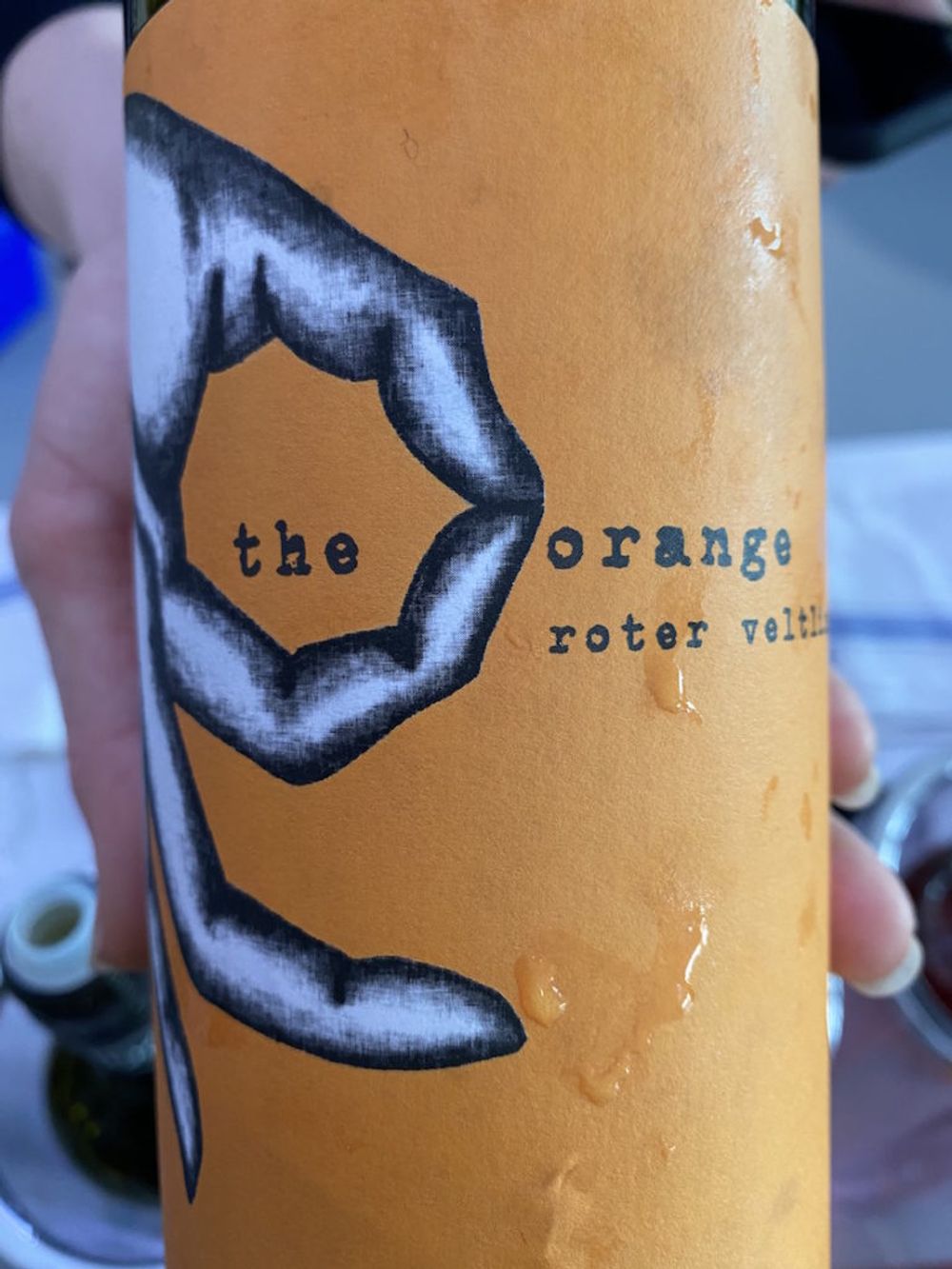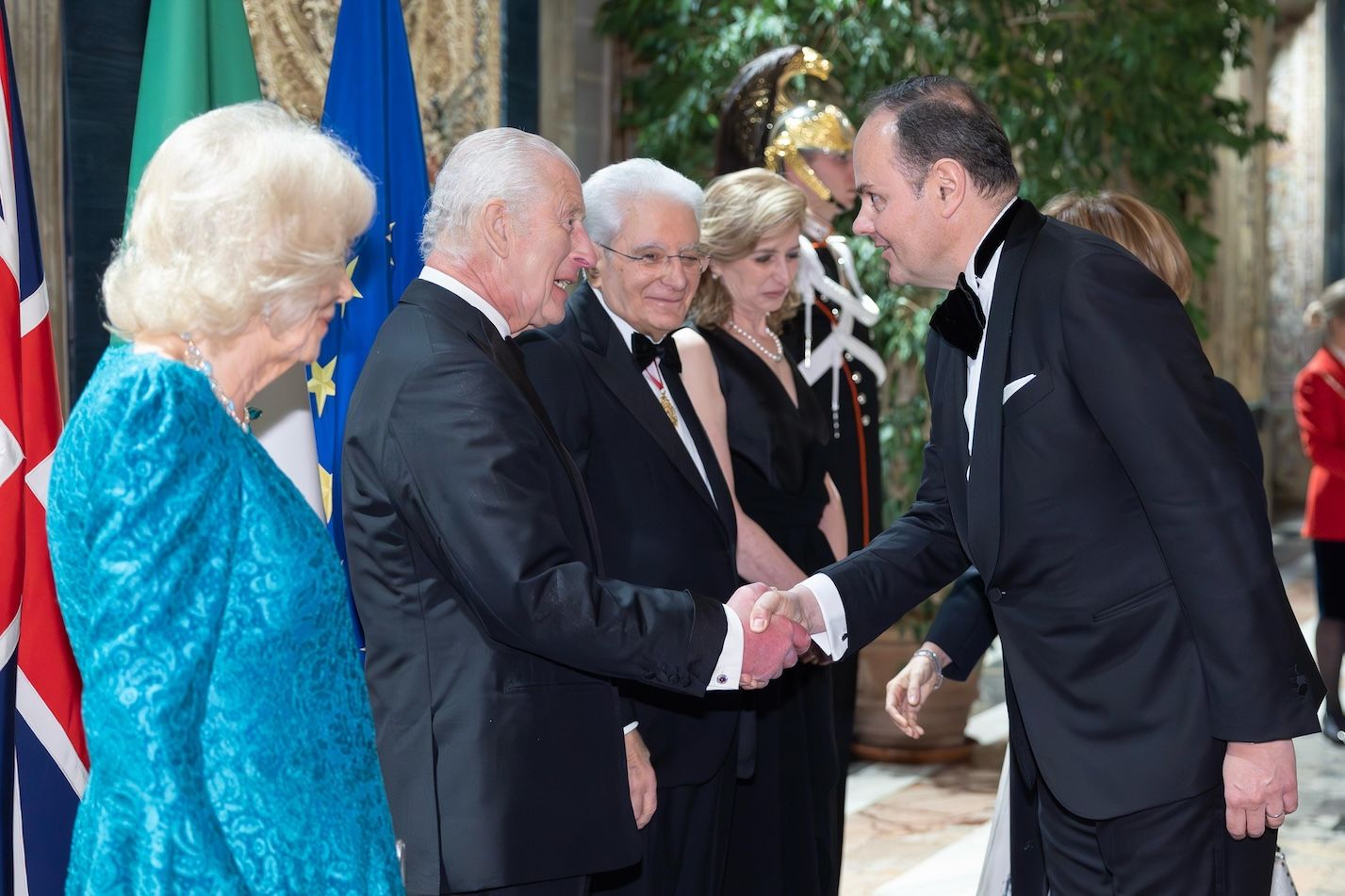One of the themes of this Austrian wine tasting was ageability – how the signature grapes keep their freshness even, as in one case, for over 50 years in age.
The watchwords were “precision” and “flair” for Austrian Wine Marketing Board‘s new boss Chris Yorke, as he unveiled his inaugural Austrian trade tasting in the UK, returning home to familiar territory for his first foray as head of Austrian Wine.
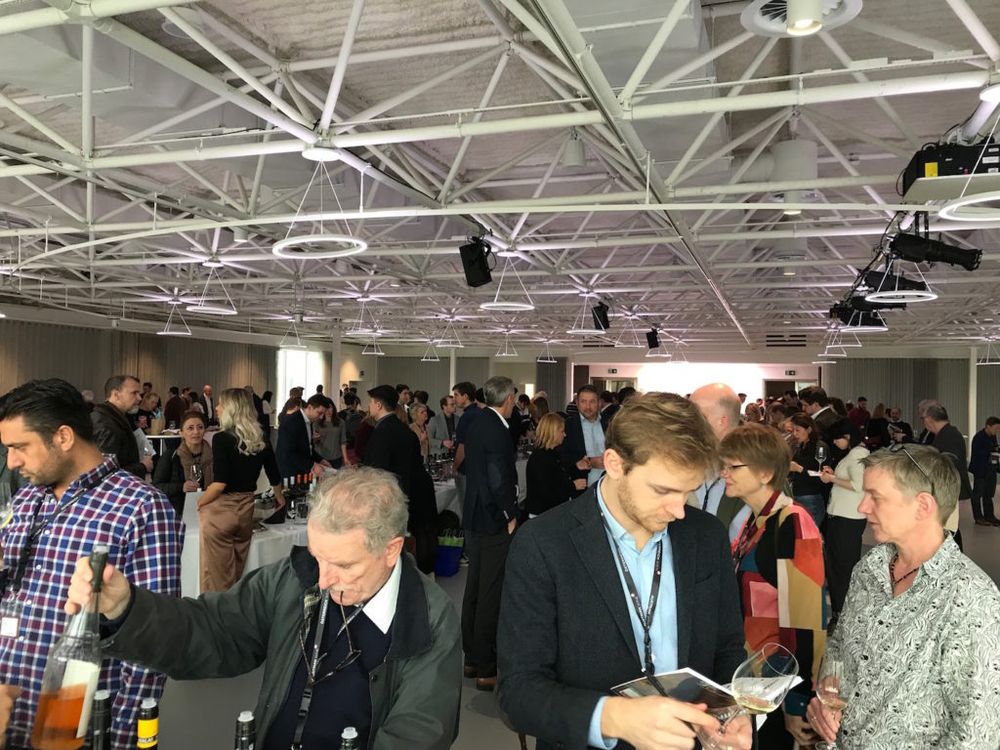
The Austrian Wine tasting, London’s Science Museum, February 3, 2020
After an autumn handover from predecessor Wilhelm Klinger, Yorke (whose previous role was global marketing director of New Zealand Winegrowers) formally took the reins a month ago and seems to have sensibly devoted that period to exploring the ageability of the wines on his new watch.
“I had a 20-year-old St Laurent the other night and I was astonished at the bright fruit,” he told me, “so much so that I refused to believe it and made them show me the bottle.”
This rigorous approach is likely to go down well in a country that has done more than was ever demanded to atone for past sins, now boasting some of the highest standards in the world, coupled with a palpable transparency that can be lacking elsewhere.
“Ask yourself which other leading wine nation in Europe would choose a foreigner as its boss?” he asks, to underline the point about openness.
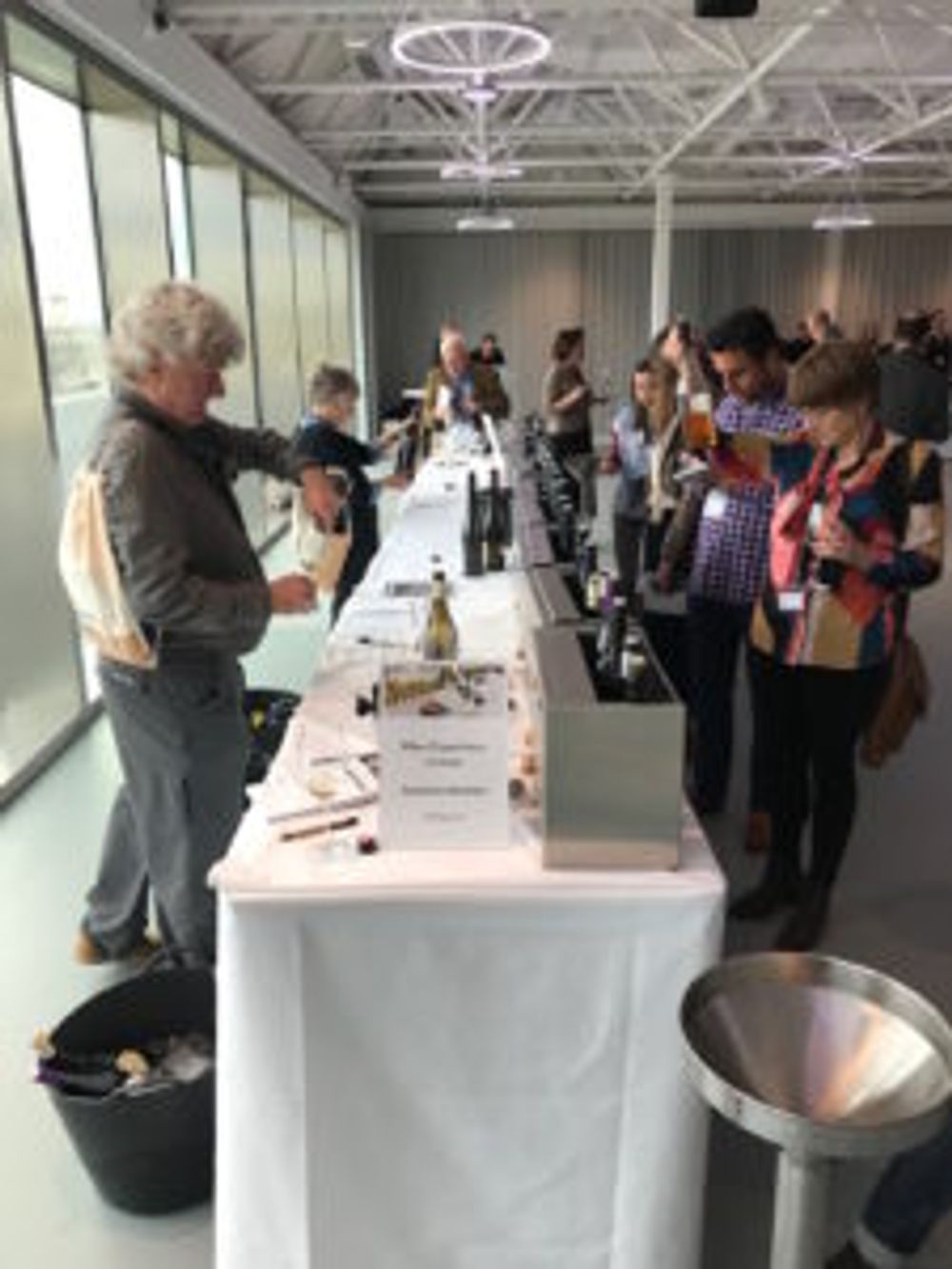
The UK is Austria’s 5th biggest market for exports and Yorke believes there’s still much to be discovered by buyers, particularly with regard to the ageing potential of Austria’s signature grapes.
This was a key theme of the event, supported by a seriously impressive selection of library wines, the majority a decade old but others going back much further, including a 1969 Wachau Grüner Veltliner, still in fine fettle.

There was also a focus on sekt at the tasting, which took up the top two floors of the Science Museum’s conference space and featured more than 100 producers, around 30 seeking representation in the UK.
With over 600 wines on show there was a wine style for everyone, and quite hard to pick a Top 10, but here’s the wines that particularly stood out for me.
David Kermode’s Top 10 Wines at the Austria Tasting:

Martin Diwald, making an impression at the Graft table
Diwald, Cuvee “ChaGru”, Niederösterreich, 2018 (imported by Graft Wine Company), an organic blend of Grüner Veltliner, Chardonnay and Pinot Blanc, whole bunch co-fermented, a fascinating wine of gentle contradictions, refreshingly lean yet also quite rich in texture, with a combination of crisp apple freshness and also a ‘Soreen’ fruit loaf quality.
Schloss Gobelsburg, ‘Ried Heiligenstein’, Riesling,Kamptal, 2010 (imported by Clark Foyster Wines) from the oldest plot in the Danube region’s most historic winery, dating back to the 12th century, this ‘Erste Lagen’ (Premier Cru) classic is a certainty for ‘Grosse Lagen’ (Grand Cru) status, once the slow, methodical process of classification is complete, more of which you can read about here. Without losing a sense of freshness, Michael Moosbrugger’s winemaking reveals a rich seam of ripe, plump, bruised apple, subtle notes of clove, with delicate layers of tantalising texture and a long finish.
Fred Loimer, Grüner Veltliner, ‘Ried Loiserberg’, Kamptal, 2018 (imported by Liberty Wines), from a pioneering biodynamic producer, crisp apple, Asian pear, a hint of lychee and a whiff of gunpowder, the zippy freshness balancing the plush fruit, a lovely texture from lees, with a peppery note to the finish.
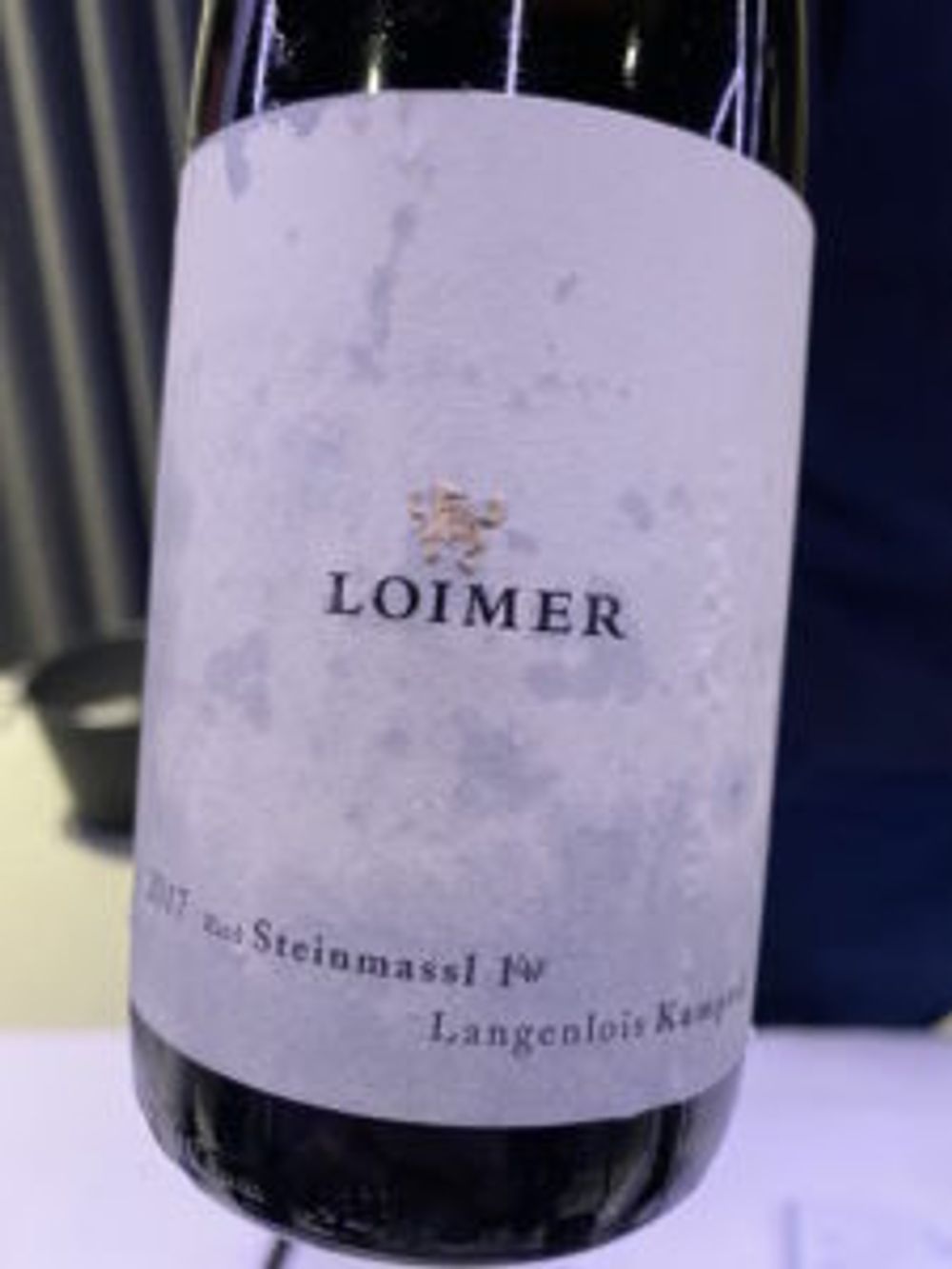
Laurenz V. ‘Charming’, Grüner Veltliner, Kamptal, 2010 (imported by Bibendum Wines) served in magnum, attractive yellow apple and stone fruit aromas, with bright acidity, tension, a lovely fresh wet stone character and a grind of white pepper, it’s just amazing to think it’s a decade old.
Hiden, ‘Ried Hochgrail’, Chardonnay, Weststeiermark, 2011 (seeking representation), a great calling card for a producer that’s looking to break into the UK market, a lovely developed nose of beurre noisette, baked apple and preserved lemon with a delicious saline finish. This wine, on the ‘rarities’ table won my heart, but the younger Sauvignon Blanc wines on the main stand were also very good.
Rainer Wess, Alte Reben Grüner Veltliner, Kremstal, 2018 (imported by Clark Foyster Wines), from low-yielding 100-year-old wines, planted just after phylloxera, a sherbet-fresh citrus nose, with plump red apple, leading into complex layers of tropical fruit, tarte tatin and white pepper.
Bründlmayer, Extra Brut Reserve Sekt, Niederösterreich, NV (imported by Fields, Morris & Verdin), with the kind of austerity that would send Jeremy Corbyn into apoplexy, this might have divided opinion, but it definitely pushed my buttons. An equal blend of Chardonnay and Pinot Noir, with an icy blast of fresh green apple and pithy white grapefruit, there’s a pronounced sense of purity running right the way through it, the perfect partner for a shellfish platter.

Schödl Loidesthal, Rosé Brut Sekt, Grosse Reserve, Niederösterreich, NV (imported by Georges Barbier of London), certified organic, and sustainable, 100% Pinot Noir, this elegant Traditional Method sparkler offers alpine strawberry and raspberry choux bun, around a fresh mineral core.
Dorli Muhr, ‘Ried Spitzerberg’, Blaufränkisch, Dorli Muhr, Carnuntum, 2010 (imported by Justerini & Brooks), Carnuntum can still feel like a work in progress, but Muhr’s wines do more than hint at its true potential, so it was a treat to taste some age on this strikingly elegant Blaufränkisch. Perfumed, precise red cherry and raspberry fruit, perfectly poised, thanks to the firm acidity and mineral drive.
Eschenhof Holzer, ‘The Orange”, Roter Veltliner, Weinland, 2017 (imported by Graft Wine Company), with up to three weeks skin contact, oxidation encouraged during fermentation and bottled unfiltered, that rare thing: an orange wine that’s gluggable without food. A groovy nose of iris, tomato leaf, and green tea, leading into spiced apple and a relatively gentle savoury finish. Bonkers, but brilliant in its own way, and the label’s a work of art.
